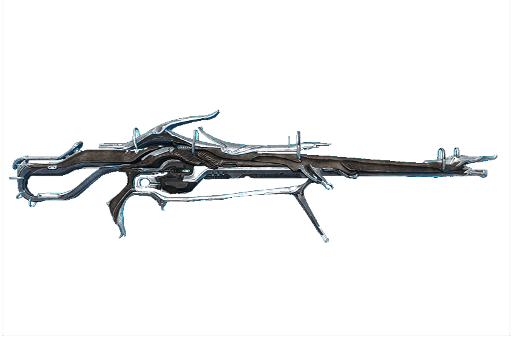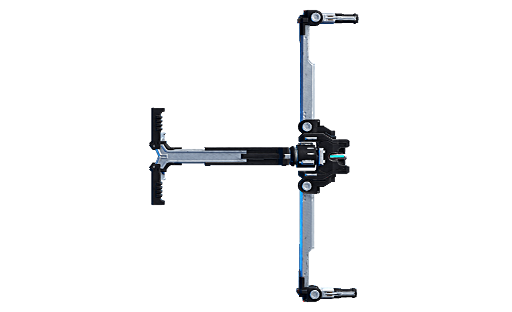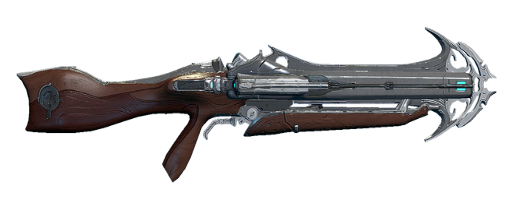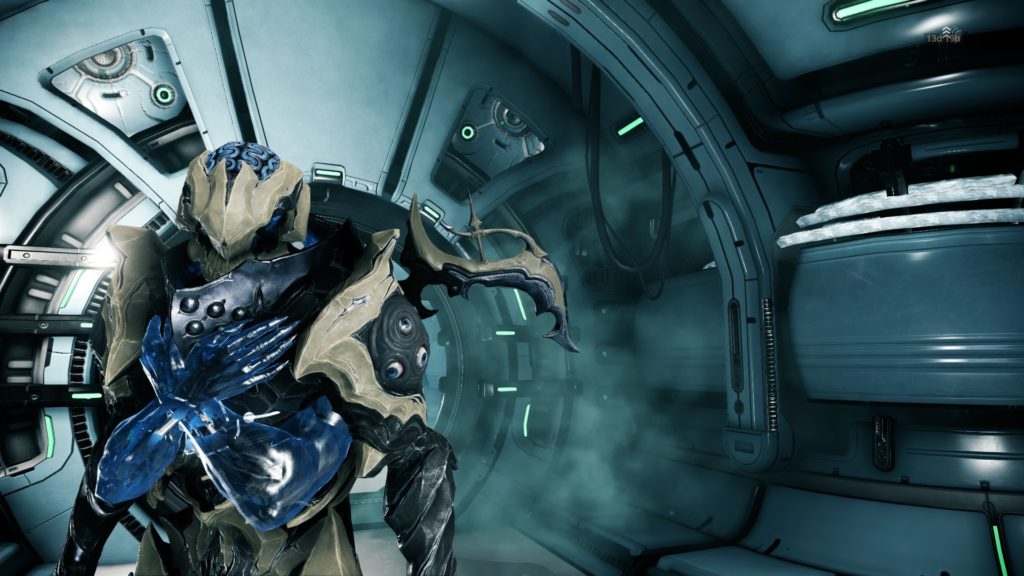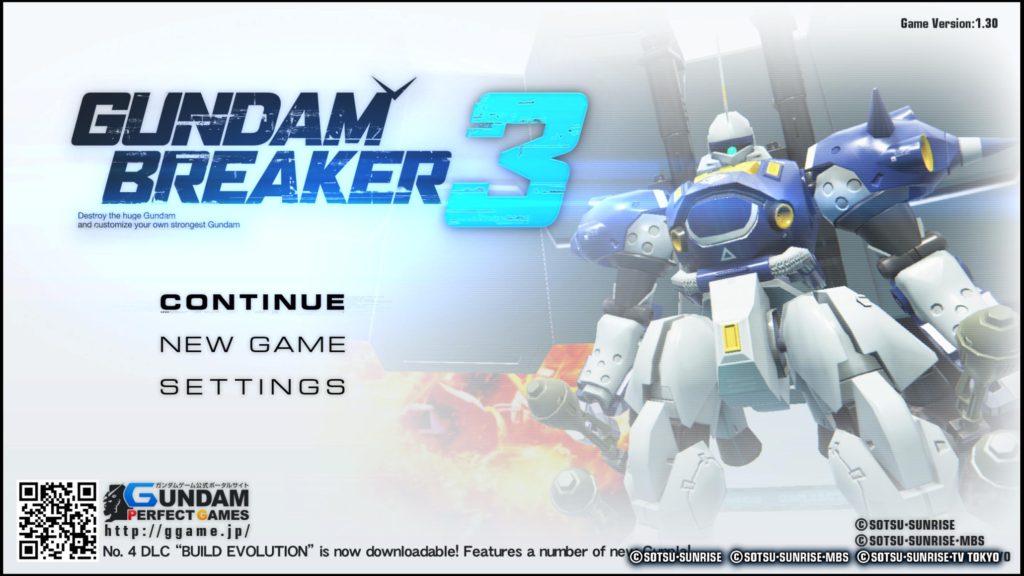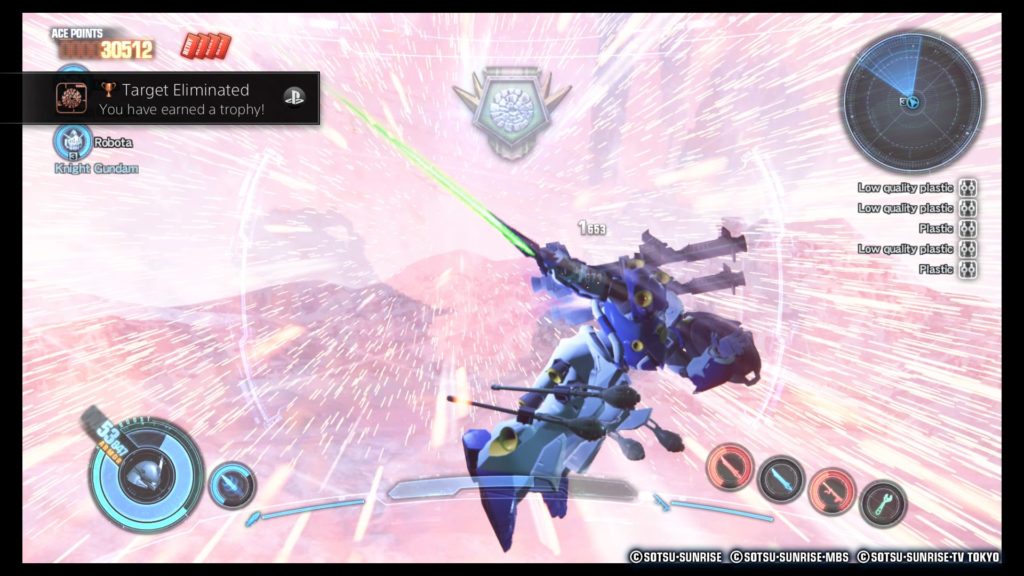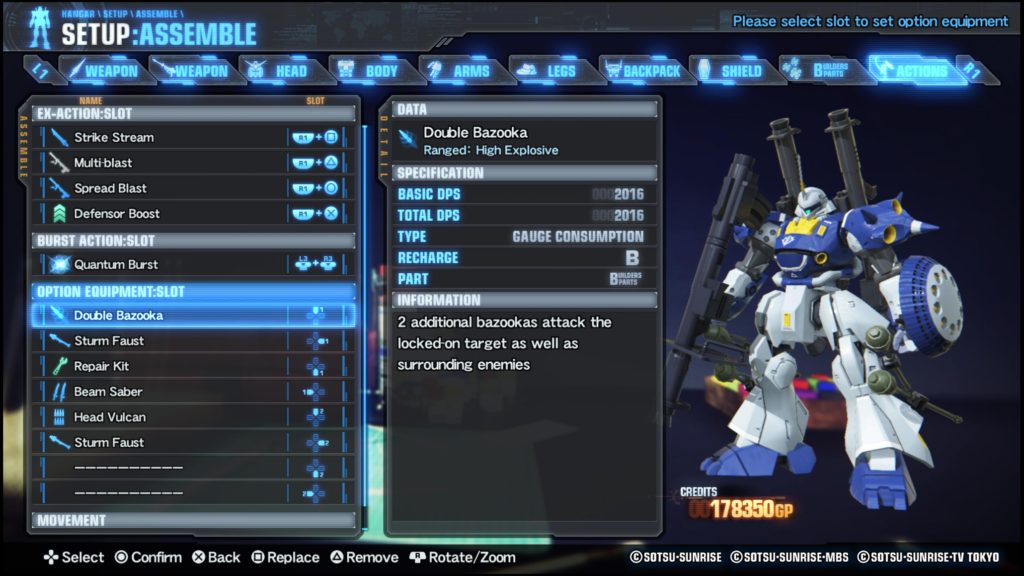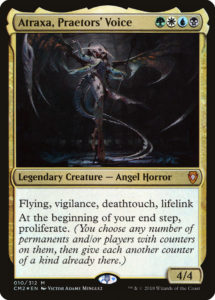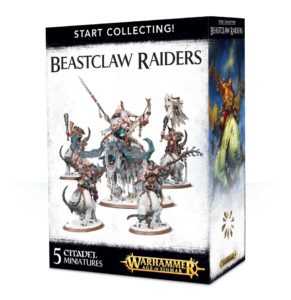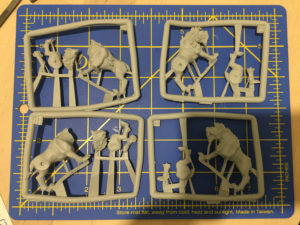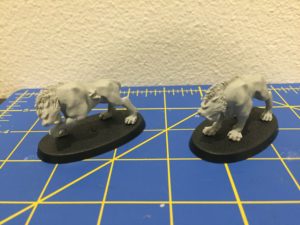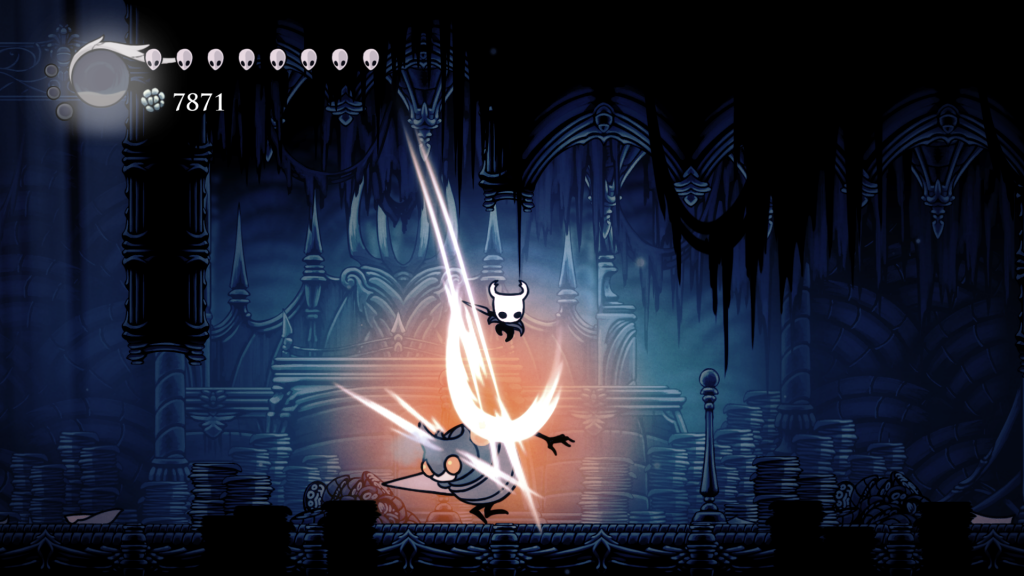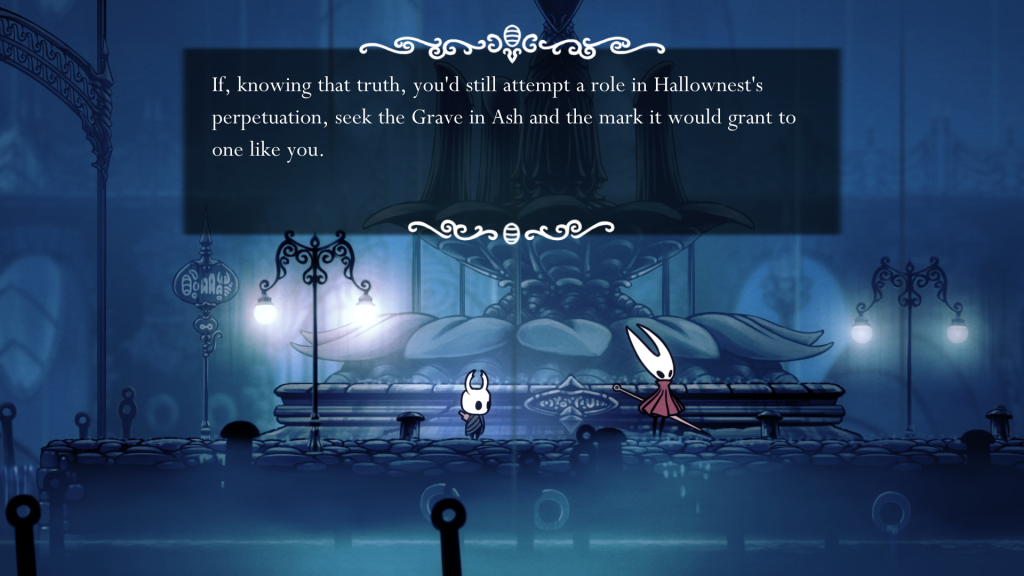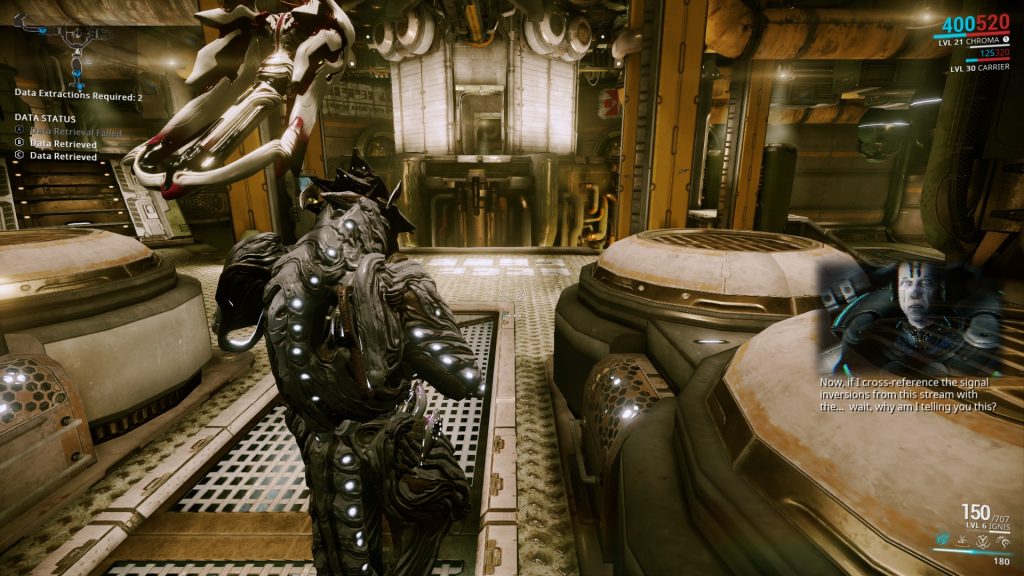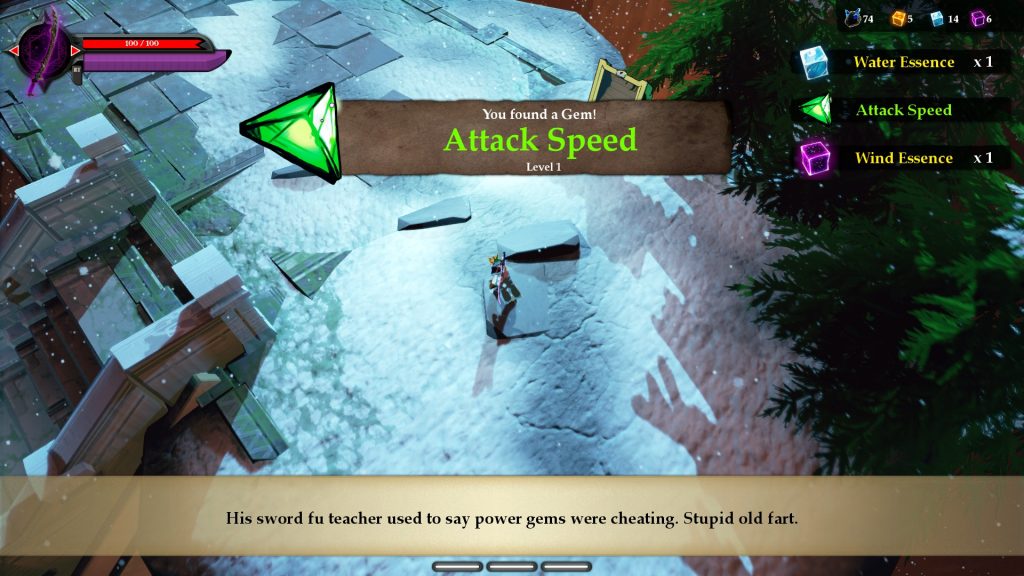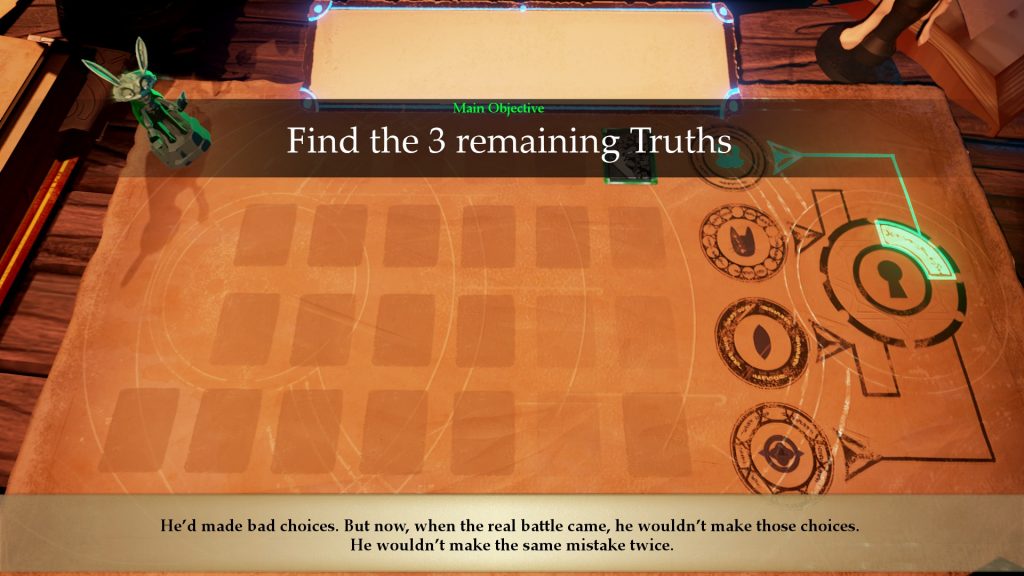As you may be aware, PAX West happened last weekend at the Washington State Convention Center in Seattle. A good time was had, and many indie games were played. Here are some of my favorites:
Risk of Rain 2
I had no idea this game was in development, although it was announced last year. The original Risk of Rain is possibly my favorite roguelike game. Permadeath doesn’t feel nearly as bad when your run was at most 40-ish minutes (and at that point you’re either dead or nearly immortal). Risk of Rain 2 is a faithful recreation of that experience in 3D. PAX West was the first public demo for the game, and it was one of the most crowded indie booths at the show. I got to try it out, but in two tries I died within the first two minutes on attempt #1 and died to the first boss on attempt #2, so it feels a lot like Risk of Rain.
Dragon Marked for Death
IntiCreates is calling this a “Dark Fantasy-Style Action RPG”, and that seems like a bit much. The developers largely responsible for a number of good 2D pixel art games lately (including the last few Mega Man games) are making a side-scrolling Action-RPG with co-op, where each playable character has different tools to navigate through the levels. Playable on the show floor were the warrior and the empress; the former focused on using his big axe and guarding, while the latter had a variety of melee and ranged attacks and a grappling hook. The final game will also have a shinobi and witch.
Spin Rhythm
As someone who is a sucker for Rhythm games, this one definitely caught my eye. In some ways it’s to DJ Hero what Rocksmith is to Guitar Hero, since they were demoing it on an actual DJ controller. Motion controls were also mentioned at the show for anyone who doesn’t want to buy a $100+ piece of hardware for use with a single (admittedly cool looking) game.* I hear the initial demo was for a mobile game, so who knows what control options will be supported by the time the game comes out, but I’ll be patiently awaiting more info about this one.
*Yes, I know people did this with dance pads and Rock Band. I’m just saying it’s not likely.

